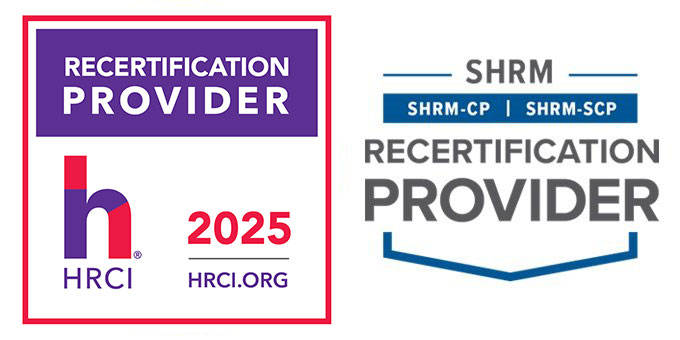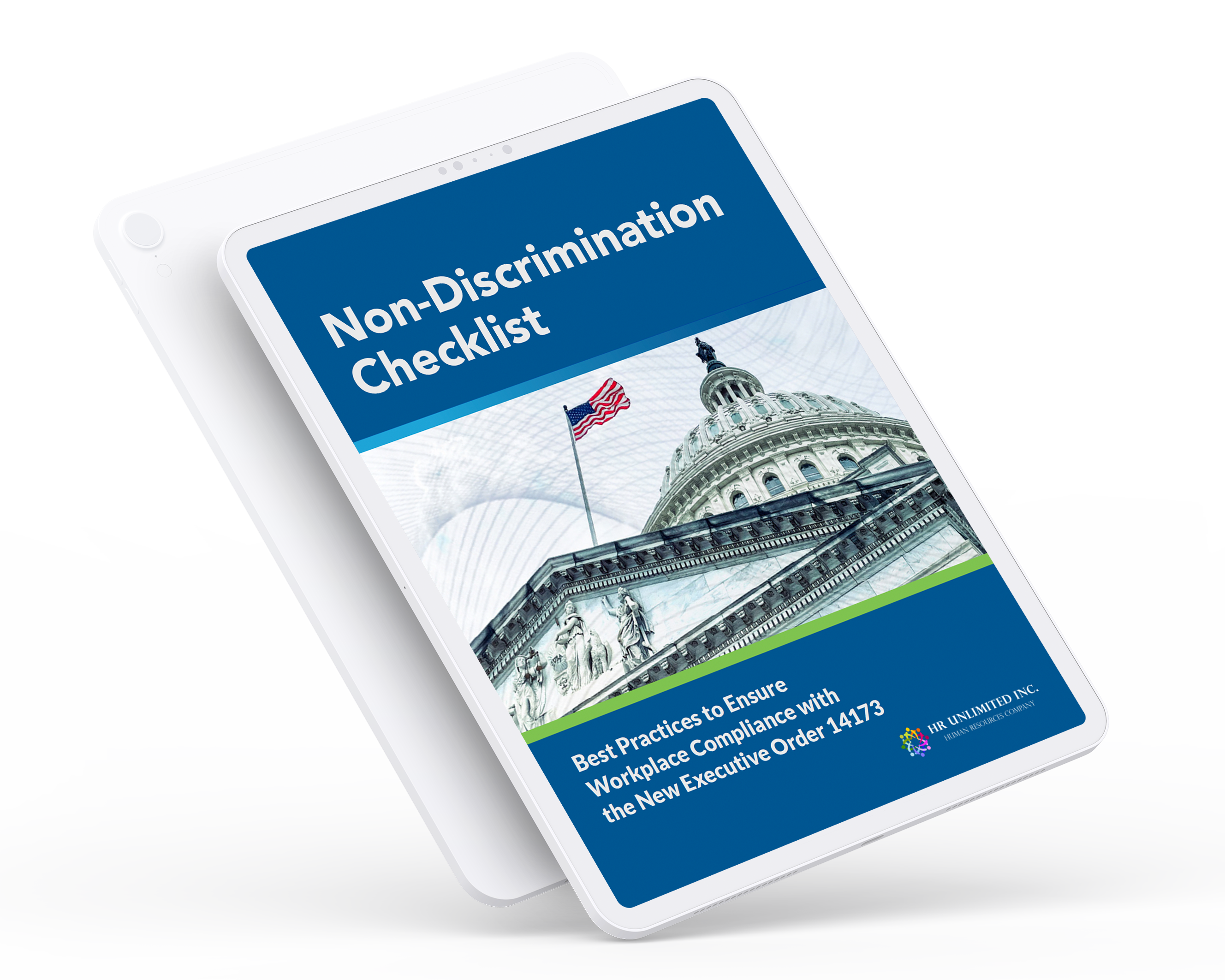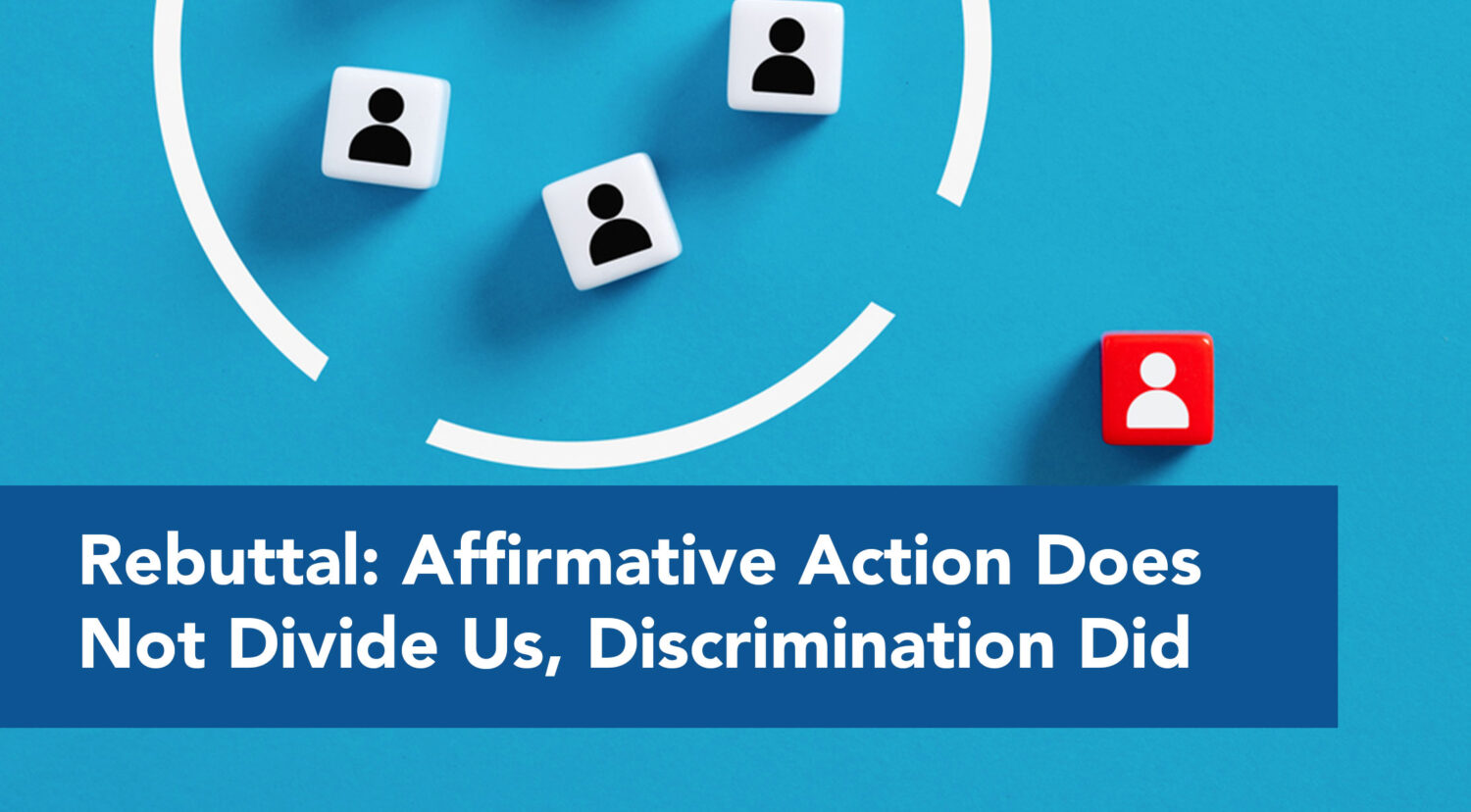Applying for employment is nerve-wracking enough without a disability. Try to imagine, then, if you had some form of disability that made it difficult to even navigate the on-line application process. What if you are blind but the application has no text-to-speech capability? Or, the application has a time limit that shuts you out after 60 minutes which is not enough time for you to read and respond since you are dyslexic? While technology has made so much of hiring easier and accessible, it still lags behind in terms of accommodations for those with certain disabilities.
Accommodation in hiring, not just in employment, is required by the Americans with Disabilities Act (ADA). The ADA prohibits discrimination against a qualified applicant with a disability by employers with 15 or more employees as well as government (both state and local) employers. An individual with a disability, as defined by the ADA, is a person who has an impairment, either mental or physical, that “substantially limits a major life activity”, has a history or record of a substantially limiting impairment, or someone who is regarded by their employer as having such a substantially limiting impairment.
Such an applicant – an individual with a disability as defined under the ADA – is protected by the ADA in the hiring process, not just employment, provided the individual is able to meet the employer’s requirements for the position. They must have the requisite training, education, licensure, etc., as required by the employer as a condition of employment. Those individuals with disabilities who do meet this requirement are then eligible for accommodations, and if they require them, should be provided with them by the prospective employer.
While accommodation requirements for hiring are not new, the internet has changed the way in which most people now apply for positions. And, unfortunately, the internet is not always accessible to those with disabilities, particularly those with blindness, paralysis, arthritis, low vision, or dyslexia.
Many large employers, including the federal government, are addressing this somewhat neglected area. Specifically, the Office of Federal Contract Compliance Programs (OFCCP) has already implemented rules designed to address the need for contractors to be accessible not just in employment, but in hiring as well. Per the ADA and the Vietnam Era Veterans’ Readjustment Assistant Act (VEVRAA), federal contractors are required to make online applications for employment accessible to those applicants who are qualified and have disabilities or are disabled veterans.
For example, while many systems are somewhat accessible to disabled users and those users may also use adaptive software for their own purposes, an online system may still not be fully accessible to them. The adaptive software may not correctly display graphics or a webpage may not work at all with adaptive software. OFCCP encourages, but does not require, contractors to get around this problem by using “universal design” techniques in their website and application design. This is particularly crucial and important if the contractor only uses on-line applications for employment. Even then, the contractor must make alternative avenues for filling applications available to individuals with disabilities if they are still unable to apply on-line.
As for what not to do, do not establish a separate application system to be used solely by individuals with a disability. This would constitute an illegal inquiry prior to employment as to the disability status of the applicant. It could also be seen as a form of segregation. This prohibition is different from the requirement that the employer offer an alternative method of application since this avenue is offered in addition to the on-line form and does not seek to isolate disabled applicants.
On the what to do, do provide additional accommodations to applicants such as offering information about job vacancies in formats that are accessible such as braille, or using TDD; and, allowing time extensions for applications that are timed for those with cognitive difficulties.
Do incorporate interoperability in your application system such that it will work with an applicant’s adaptive technology. Do periodically evaluate and audit your hiring process to ensure that you are providing opportunities to individuals with disabilities, including in the hiring process and respect to online systems.
A vibrant and skilled applicant pool is waiting but may need some additional help to find their way to you. Making your on-line application systems accessible to these individuals who may also have disabilities can get you access to these vibrant and skilled workers.
For more information, contact Ahmed Younies at 714-884-4610 or [email protected].





